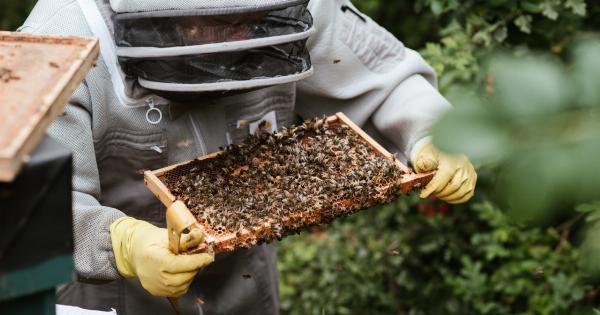Adopting an animal from a fire-struck area can be a noble and compassionate act. The devastating impact of wildfires often leads to displaced and injured animals, creating a dire need for their rescue and care.
If you are considering adopting an animal from a fire-struck area, there are several important things to keep in mind. This article will guide you through the process, highlighting key considerations and offering valuable insights.
1. Understand the Impact of Wildfires on Animals
Wildfires can cause severe physical injuries and emotional trauma to animals. They may suffer from burns, smoke inhalation, or injuries from fleeing the fire.
It’s essential to familiarize yourself with the potential health issues and the unique care requirements these animals may need due to their exposure to such traumatic events.
2. Research Rescue Organizations and Shelters
Identify reputable rescue organizations and shelters that are actively involved in rescuing and rehabilitating animals affected by wildfires. Make sure these organizations have a strong track record, sound policies, and transparent adoption processes.
Thoroughly research their credibility, read reviews, and reach out to gain more information about their work and the animals they rescue.
3. Be Prepared for Additional Medical Needs
Animals from fire-struck areas might have pre-existing medical conditions or injuries that require ongoing care. Before adopting, ensure you have the knowledge, resources, and financial means to provide the necessary medical treatment and support.
Consult a veterinarian specializing in trauma care to understand the potential long-term medical needs that may arise from the animals’ exposure to fire and smoke.
4. Assess Your Home and Environment
Before adopting an animal, thoroughly evaluate your home and environment to ensure it is suitable and safe. Ensure you have adequate space, shelter, and facilities necessary to accommodate the specific needs of the animal you plan to adopt.
Assess any potential hazards, such as toxic plants or substances, and make the necessary adjustments to create a secure and nurturing environment for your new pet.
5. Consider the Emotional Needs of the Animal
Animals that have survived wildfires may have experienced significant trauma, leading to emotional distress and behavioral issues. Patience, love, and understanding are crucial when dealing with animals that have been through such traumatic events.
Consider investing time and effort into providing them with the emotional support they may need, which could include professional behavioral training or therapy.
6. Educate Yourself on Species-Specific Care
Each species has unique care requirements, and it’s crucial to educate yourself about the particular needs of the animal you wish to adopt. Different species have different dietary, habitat, and behavioral needs.
Ensure you are fully prepared to meet these requirements to provide the best possible care for your new companion.
7. Consider Your Lifestyle and Commitment
Think about how your lifestyle and daily routine align with the needs of the animal you plan to adopt. Some animals may require extensive exercise, specialized diets, or frequent socialization.
Determine if you have the time and commitment to meet these needs, as neglecting them can negatively impact the animal’s well-being and your relationship with them.
8. Evaluate the Financial Responsibility
Adopting an animal comes with financial responsibilities. Consider the costs associated with their initial medical exams, vaccinations, spaying/neutering, microchipping, and any ongoing medical needs they may have.
Additionally, factor in the costs of food, bedding, toys, and any necessary equipment or enclosures. Ensure you can comfortably afford these expenses in the long run.
9. Be Patient and Understanding
Animals that have been through traumatic experiences may require more time to adjust and trust their new environment and caretakers. Patience is crucial during this transition period.
Understand that they may exhibit anxiety, fear, or behavioral issues initially. Provide a calm and nurturing atmosphere while gradually introducing them to their new surroundings.
10. Give Back to the Community
Once you have successfully adopted an animal from a fire-struck area, consider giving back to the community that supported their rescue. Volunteer your time, donate resources, or contribute to organizations involved in wildfire relief efforts.
By doing so, you not only help other animals in need but also become a part of a wider support network for ongoing relief and rehabilitation.






























